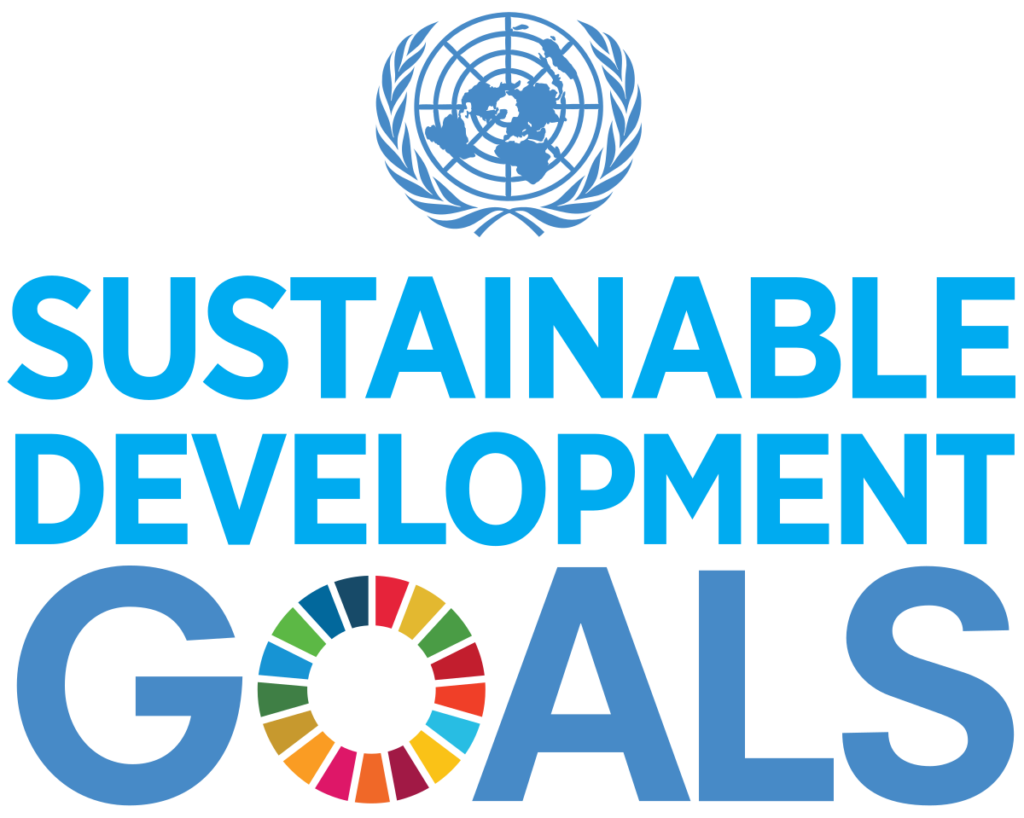WHAT IS YOUR OPINION? Let us know in the comment section.

Nature has developed over millions of years a perfectly balanced system. In a millennium or two we have created a dysfunctional system. We may destroy civilization as we know it, but this will not destroy the planet.
For now we still believe we are in control as the evolutionary “ecological dominant” and or “crown of creation” and in a position to take charge over nature. We fail to see the need to adjust our mindset and behaviour to slot in with the ways of nature. We are still adamant that we can take from, and modify, nature to comply with our craving for more stuff.

Published 1972 – The message of this study by the Club of Rome still holds true today: The earth’s interlocking resources – the global system of nature in which we all live – cannot support present rates of economic and population growth much beyond the year 2100
By our power of invention we carry on “developing” in order to enhance our standard of living, notwithstanding the negative effect it has on Nature.
Humankind is subject to nature’s laws. We attempt to circumvent the inevitable limitation that we have towards availability to resources. When resources become scarce, we do not adapt our lifestyle but increase production by adding extra energy, mainly from non-renewable (fossil fuel) resources. Thereby we move towards exceeding the earth’s inherent carrying capacity. To put in more energy to extract more resources will not solve the problem but rather speed up the inevitable catastrophe. The resource extraction system is currently creating a positive (one-directional) feedback state. Due to excessive energy input, more resources become available allowing an increase in population. An increasing growing population needs even more resources; more resource extraction requires more technology and more energy input, causing degrading the resource base that requires more energy – a downward spiraling cycle. It represents a breakdown of dynamic equilibrium in the holosenotic system.
Scientists such as Racheal Carson, already in 1949 and Aldo Leopoldt in 1962, predicted ecosystem calamity. Yet many have never had it better on Earth than right now. The general public has a laisses faire attitude towards the condition of the environment. Perhaps we have grown numb to the message of imminent catastrophe.
In spite of the announcement by the Club of Rome in 1972, that the Earth’s resources would not be able to supply in the demand further than the 21st century, we think we are riding on the never-ending wave of development towards prosperity.
The more than 70 000 simulation predictions that large ecosystems are about to collapse as they reach their tipping points, is hardly debatable. But that we are ruthlessly eroding the capacity of nature to provide for future generations is evident.
After being made aware of the Limits of Growth, it took another two decades before we made a major step in the right direction. In 1992 at the Earth Summit the Rio Declaration was signed by 175 countries. It consisted of 27 principles intended to guide countries towards sustainable development. After yet another decade, in 2012 the Sustainable Development Goals (SDG’s) were accepted by the United Nations as a global framework for sustainable development. But on 19 September 2023 in New York, which marked the half-way point to the deadline set for achieving the 2030 Agenda by means of accomplishing the Sustainable Development Goals (SDGs), leaders failed to provide proof of substantial progress. Even at COP 28, December 2023, we were left with great concern as to the lack of practical commitment of governments to abide by the goals of the SDG.
Attempts over decades have thus far not shown satisfactory results. Why then do we continue to deviate from the path defined by Nature and refuse to live within the limits of its laws? (Hugo & Hugo, 2024).
Even the two most basic Natural Laws describing the flow of energy and matter in environmental systems – the 1st and 2nd Laws of Thermodynamics – makes it clear that unlimited growth (development) is not possible.
The First Law of Thermodynamics states that total energy and matter in a closed system can never be lost nor gained — it can only be transformed. For example, activity or motion can be transformed into heat. But the energy cannot be used again. New matter also cannot be created. We can only use the matter we have and alter its form.


How much is ENOUGH? Just a little MORE!
We see this in the manner in which energy is being lost between subsequent tropic levels in nature in a food pyramid. In nature just enough energy from the sun is absorbed to keep the system in balance. And, nature also determines that there is limited matter available. There is only so much matter available, and nothing more. Thus, the so-called “spaceship” analogy. For the system to keep on producing resources, and yet stay in equilibrium, there is a perfect system of recirculation of matter in nature. Nothing is discarded. All matter is circulated. Thus, although matter cannot be created, there is, and will, always be enough for all species. A perfectly sustainable system.

In nature everythin is connected to everything else – and if one link in the chain of life is damaged the whole system stops to produce the much needed resources.
Where did we deviate? Where did we ignored nature’s laws of sustainable circulation?
First of all, we see and treat the Earth with its resources as an unlimited source of supply. We did not take into consideration the fact that the Earth, being a system does not receive additional matter from outside, and therefore has limited development potential. For example Dr.C. Lillehei from the Christian Barnard hospital in Cape Town stated: “What mankind can dream, research and technology can achieve ” There is according to him and other technocrats, no limits to growth.

Fish unable to survive in a habitat made unsustainable due to human factors – namely oil pollution.
“Our consumptive lifestyle has led us to the very brink of annihilation. To accumulate wealth beyond one’s needs in a limited world is to be truly immoral”.
– Mollison (1978)
If we should look at Nature as our guideline, we see that animals use just what they need for survival. They only eat their fill, and the rest (left-overs, carcasses, excretion) is returned into the soil for micro-organisms to transfer it back to the system via plant roots. Animals do not gather and hoard substances for any ulterior motive but to survive. Humans on the contrary extract far more than is needed to live, often to impress others, and to live in ultra comfort.
The way forward can thus be either by returning to the directives of nature which has over millennia developed a sustainable system, and live within this limitation, or we can look at humans’ ingenuity to develop permanent technological fixes for survival.
How should humans consider this? As if they are at the apex or ruler of the environment directing it from outside the system, or as an equal organism functioning within the system?
Realistically, there is no possibility anymore that we can at this late stage fully revert to a lifestyle in full dependence on nature. We should develop technology within the parameters of nature’s guidelines.

“The real question is, when will we draft an artificial intelligence bill of rights? What will that consist of? And who will get to decide that?”
—Gray Scott
Van Diemen (2021) reported that: “Whether it be flying electrically charged drones to make it rain or releasing sulphur dioxides into the atmosphere to reflect sunlight, (we) are increasingly looking to geo-engineering technologies to save humanity.” But, is this the license to carry on exploiting non-renewable resources in anticipation that it might “deliver the goods”? We should do the one (mimic Nature) and not neglect the other (eco-friendly technology).
The biosphere is fully sustainable and became “matured” over time. It is a highly integrated system and operates in such a way that it does not degrade the Earth’s habitability. As Frank (n.d.) correctly say “Our current version of the technosphere has it all backwards. It’s not integrated into the other Earth systems”. Humankind has yet to learn how to attain a symbiosis between technology and the ingenuity of nature by way of biomimicry. In a mature technosphere, systems would interact in mutually beneficial ways, like the trees, animals and the soil organisms’ network in ecosystems.

“If the bee disappeared off the face of the Earth, man would only have four years left to live.”
—Albert Einstein
A network of feedback loops, both technological and natural, would interact intelligently to retain self-maintenance and sustainable living conditions. Our current technosphere is however a synthetic system unattached to, and functioning independent from, the biosphere. It draws matter and energy from the natural environment without effective feedback circulation. No matter how impressive (and there are amazing techniques) the system is not yet sustainable. For example humans created a completely new (over-simplistic) agricultural system of massive production capacity, but it can only be kept in production by massive artificial input of fertilizers and irrigation. It is not a natural circular ecological system. The cumulative effect of trigger factors are seldom taken into account as it is believed that technology will be remedy to adverse situations that may occur. Natural succession is also disturbed and the value of natural organic contents of soils is lost by annual cash crops, ploughing, and fertilizing.
Will we be able to create an artificially balanced sustainable system by means of massive energy inputs (fossil fuel, electricity, chemicals, etc.) in a system where Earth’s resources are limited. Can we replace the role of bees and other pollinators which our system has damaged? Can we create effective artificial photosynthesis that deforestation had depleted? Can we artificially replicate nature’s inherent negative feedback system to prevent a scenario of one-directional positive feedback culminating in collapse? Will we be able to continually improve artificially on this techno-driven system to satisfy an ever-increasing human population’s need for agricultural products and promises of luxury living for all?
Nature has an ecological intelligence, exceeding our techno-intelligence. In nature environmental factors determine the carrying capacity. In human induces systems technology determines it and often exceeds it by artificial actions.
We have to face it. In our striving for extravagant affluence and selfish contentment, we have ruined the once-attainable condition of ‘enough for all’ that nature freely provides.
There exist no means of returning to utopia nor to re-create a new artificial sustainable ecology. Do we then have to accept that we are stuck?
This quest for a solution to the ‘environmental’ problem has been widely discussed in many scholarly documents. But still we do not have the technical know-how, nor the time left, nor the political will to resolve it.
Decisions affecting millions of taxpayers are debated and settled between politicians, scientists, and large financial institutions. Here all that matters seems to be short-sighted economic gain, and power struggles seem to outweigh the importance of enduring sustainability. The citizens of 2050 (if they will still be around) will recall the times when governments fought elections on political and economic issues instead of ecological scenarios (Hugo & Hugo, 2024). This issue is being discussed in the BLOG contribution: “Who is responsible“. Politian’s who vie for re-election will not implement degrowth. Neither will industry reduce production as long as the market ask for products, notwithstanding if it degrades the natural resource base. The problem is actually being driven by people themselves who have no urge to limit comfortable living for the sake of keeping nature intact.
2 Responses
Interesting blog. Good work.
Baie goed gedoen